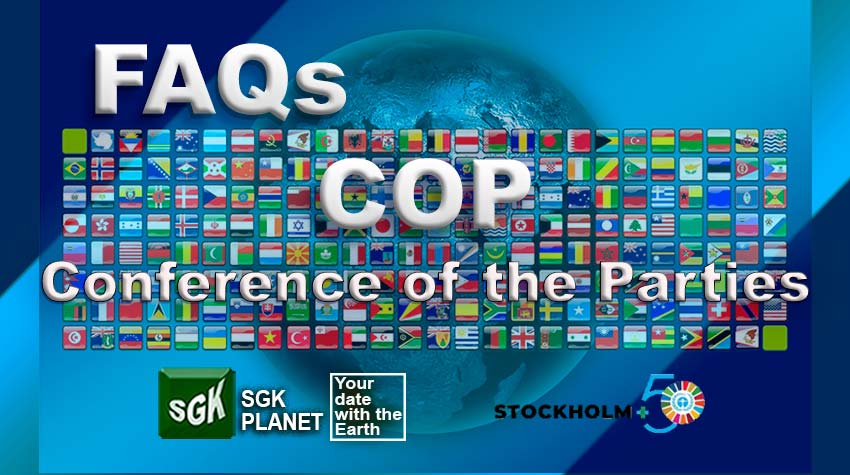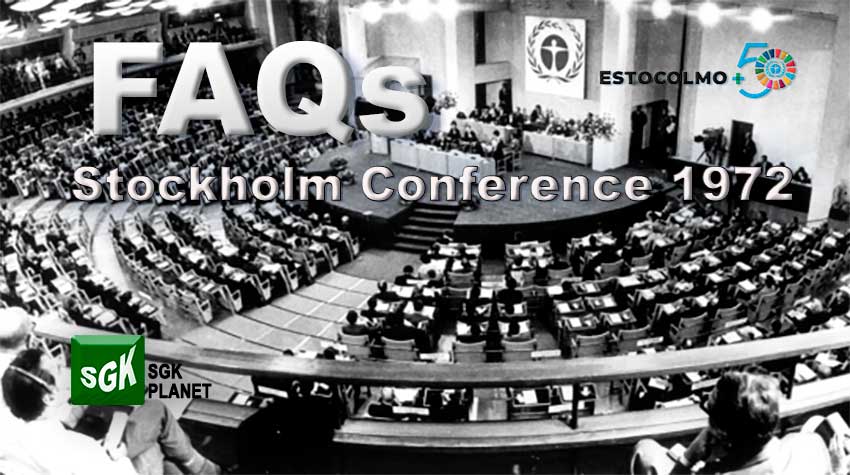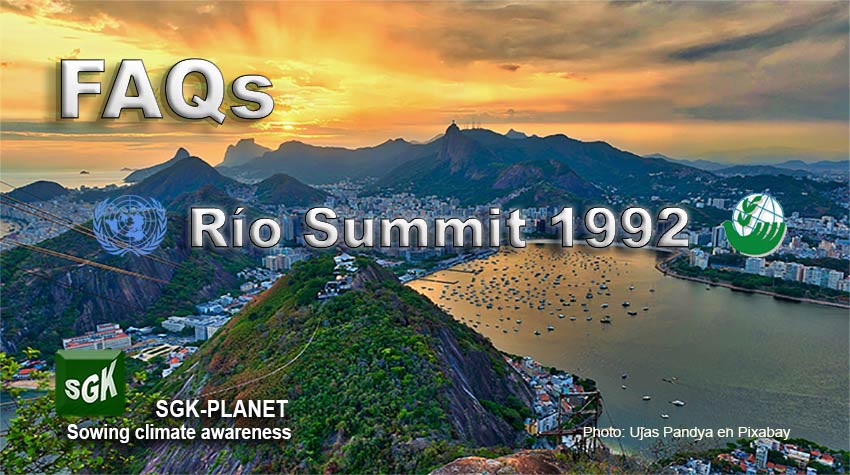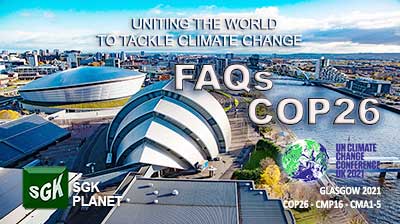FAQs about the COP, Conference of the Parties

5. How does a COP work?
The Conference of the Parties (COP), made up of all the States “Parties”, constitutes the supreme body of the United Nations Framework Convention on Climate Change (UNFCCC). It meets annually at global climate conferences where decisions are made to achieve the goals of combating climate change.
The COP conferences since 1995 are held every year in a different city, although a country can repeat years later, as is the case of Poland, which has already hosted the COP three times in different cities.
The COP in which the Paris Agreement was presented was the 21st Conference of the Parties, hence its name COP21.
The COP conference runs for 12 days. During the first three days of each COP, high-level meetings are held, attended by presidents, heads of state, prime ministers and chief ministers of the governments of the attending countries. Then the work meetings by commissions begin, where the ministers in charge of representing their countries participate, to discuss climate change. In the final days, the draft resolution to adopt the Agreement for the COP of that year is discussed in a plenary assembly. The venue for the next COP is also chosen at this meeting.
In theory, decisions at the COP Conferences can only be taken unanimously by the Parties or by consensus, but in practice, as happened at COP9, Copenhagen, in which the Kyoto Protocol was going to be approved, China, the United States , India, Brazil and South Africa, without the presence of the European representatives, nor the other countries, held a meeting behind closed doors and in just three pages they drafted a non-binding agreement that was not even put to the vote.
FAQs about the COP, Conference of the Parties
1. What is a COP, when and how did it originate?
2. What is the UNFCCC and what is its relationship with the COP?
3. When and where was the first COP held?
4. Why are COPs held every year?
6. What are the objectives of the COP?
7. What did the importance of the Rio-92 summit with respect to the COP?
8. What were the most important COPs?
9. What does the Green Fund mean for lower income countries?



